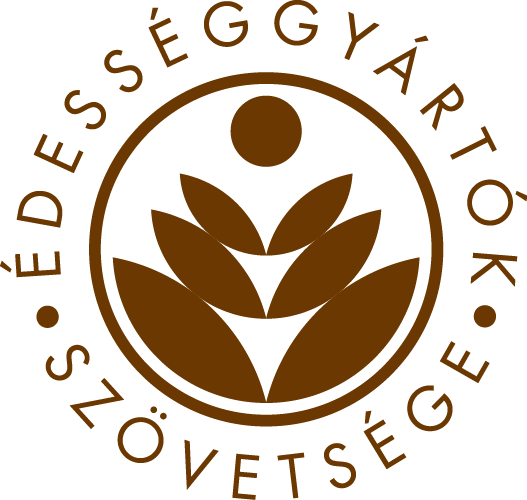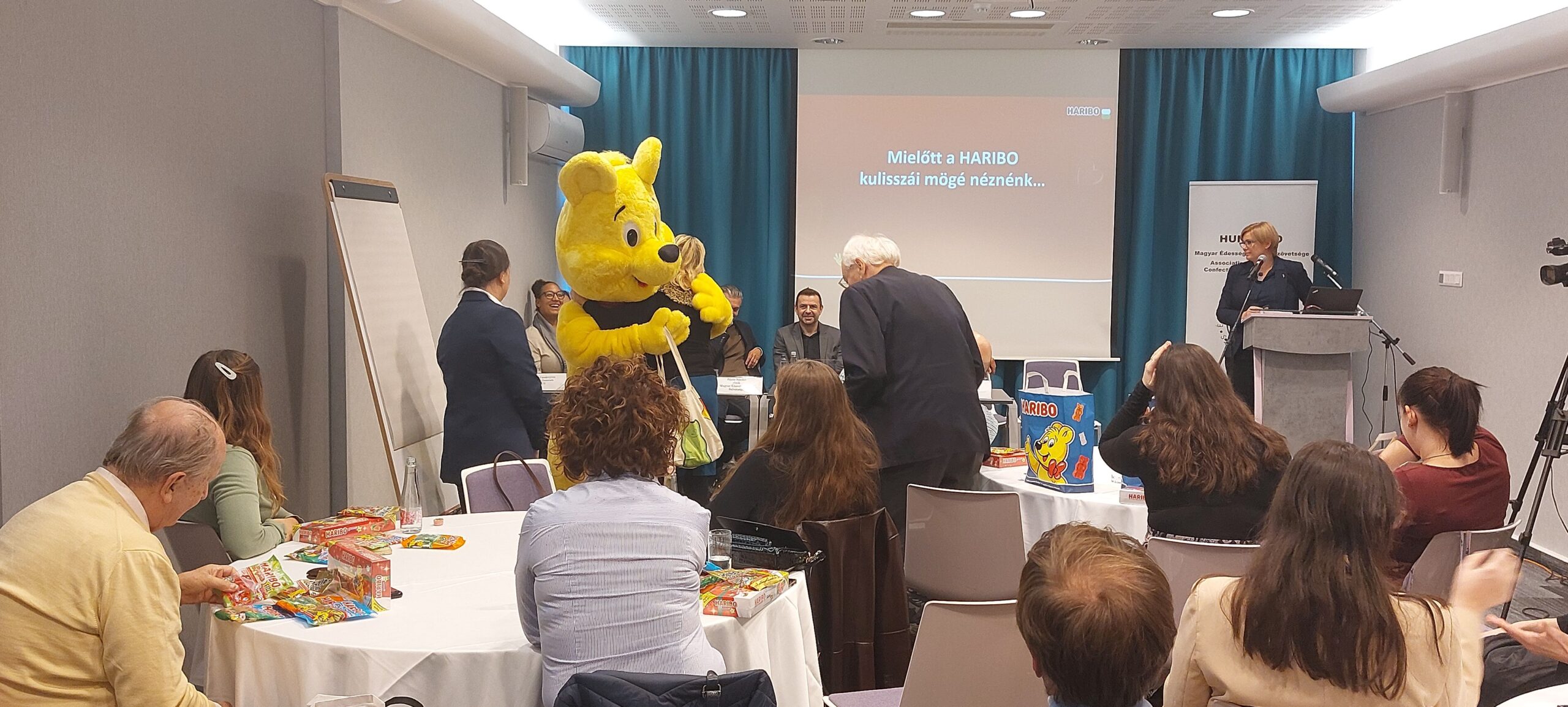Flavour-packed gummy candies and rock sugar swizzle sticks
Successful candy manufacturers are responding to the fluctuations of the sugar market by developing innovative, export-winning products, as was revealed at a roundtable discussion in Budapest, to which the Association of Hungarian Confectionery Manufacturers and the Committee of European Sugar Users invited members of the press in early October. Trade organizations representing producers and processors are also proposing new measures to lawmakers that would increase the competitiveness of our region.

Domestic confectionery manufacturers are experiencing both ups and downs due to changes in prices, consumer demand, and the regulatory environment, said Sándor Sánta, president of the Association of Hungarian Confectionery Manufacturers, in his opening presentation. For example, the market size in the first eight months of this year approached HUF 450 billion, however manufacturer revenues were boosted by strong inflation, as the market declined in terms of volume delivered, while sales volume in food and food-related mixed retail increased by 2.7 percent during the same period.
The price of cocoa, which reached record highs last year, has now moderated, but is still double what it was two years ago. What’s more, confectionery manufacturers will only be able to enjoy the favorable turnaround next year, because they have already manufactured their products for this year’s holiday season.
Just hours before the press roundtable, the European Commission announced that it is postponing the entry into force of the EUDR (EU Deforestation Regulation) on the marketing of deforestation-free products, including cocoa, coffee, soy, and oil palm, for another year. Market players will therefore have to prepare to meet the compliance requirements by the end of 2026, and this will also help confectionery manufacturers reduce their costs this year.
However, the further increase in EPR fees from October this year places an additional burden on market participants. In accordance with the EU environmental directive on Extended Producer Responsibility, Hungary has been operating an EPR system since July 2023. Accordingly manufacturers finance the waste management of certain circular products, including packaging and advertising paper. Sándor Sánta pointed out that the fee increase is difficult to interpret in a system that is already the most expensive in Europe. With increasing revenues from more extensive recycling, EPR fees should, on the contrary, decrease.
Sugar price fluctuations and security of supply

The Committee of European Sugar-Users (CIUS) represents more than 15,000 food and beverage companies that purchase the majority of sugar produced in the EU for use in high value-added products such as confectionery, fruit jams, chocolate, and soft drinks. The organization’s member companies provide more than 400,000 jobs and contribute significantly to the EU’s agricultural and food industry performance and export surplus.
The European Union annually produces 15-20 million tons of beet sugar, ranking first in the world, said Mayssa Vandevyvre, Director General of CIUS, in her presentation. Our suppliers produce at competitive prices that rival the price of Brazilian cane sugar, however the market is burdened by structural problems. For example, sugar production is concentrated in the European beet belt – northern France, the Benelux countries, Germany, Poland, and the United Kingdom, while refineries are largely located in regions where beet production is low, including Portugal, Southeast Europe, and southern Italy.
Moreover the European sugar market is also highly consolidated, with French and German companies supplying half of the total production, and the seven largest producers accounting for more than four-fifths (81%) of the EU market. This restricts competition and increases transportation costs. The market price of sugar in the EU often fluctuates, deviating up and down from both the EU reference price and the world market price. In addition to production and exports, the EU also imports sugar from several countries around the world. Between October last year and September this year, nearly a third of sugar imports came from the Ukraine and the United Kingdom, and a quarter from Mauritius and Colombia.
Although European sugar buyers prefer local sourcing, CIUS is calling for greater diversity. Diversification would increase security of supply and reduce the risk of market distortion. The organization also recommends that legislators review counterproductive regulations. For example, instead of focusing on the quantity of EU sugar used, the focus should be on the added value of the manufactured products, and regulation in this market should also be based on facts, impact studies, and consultation with stakeholders.
Tasty thrills and crispy delights for the holidays

Haribo, the leading manufacturer of gummy candies, opened its Hungarian factory in Nemesvámos at the turn of the millennium, from where it ships products across the world, from Canada to Australia. These products are made from natural ingredients in accordance with the strictest food industry standards, without the addition of artificial colorings, and are also available in vegan versions. This year’s holiday season novelties include sour gummy bats, sweet and sour gummy pumpkins and ghosts, while gummy reindeer also promise new taste experiences for Christmas.
Storck, also making its debut at the press conference, is expanding its Hungarian product range with innovative products. The largest supplier of caramel cream candies is putting caramel popcorn and biscuit bites on the shelves of domestic stores.

Although NL Green may not be well known among domestic consumers, the flavored rock candy sticks produced by the Mórahalom-based company are highly sought-after in markets such as the United States. The innovative power of this small company is demonstrated by the fact that, in addition to the sticks that sweeten hot drinks during stirring, to meet customer demand they have also now produced a swizzle stick that dissolves in cold drinks, for use in gin and tequila-based cocktails. It would come as no surprise if this product line were to conquer the domestic market in the near future too.



